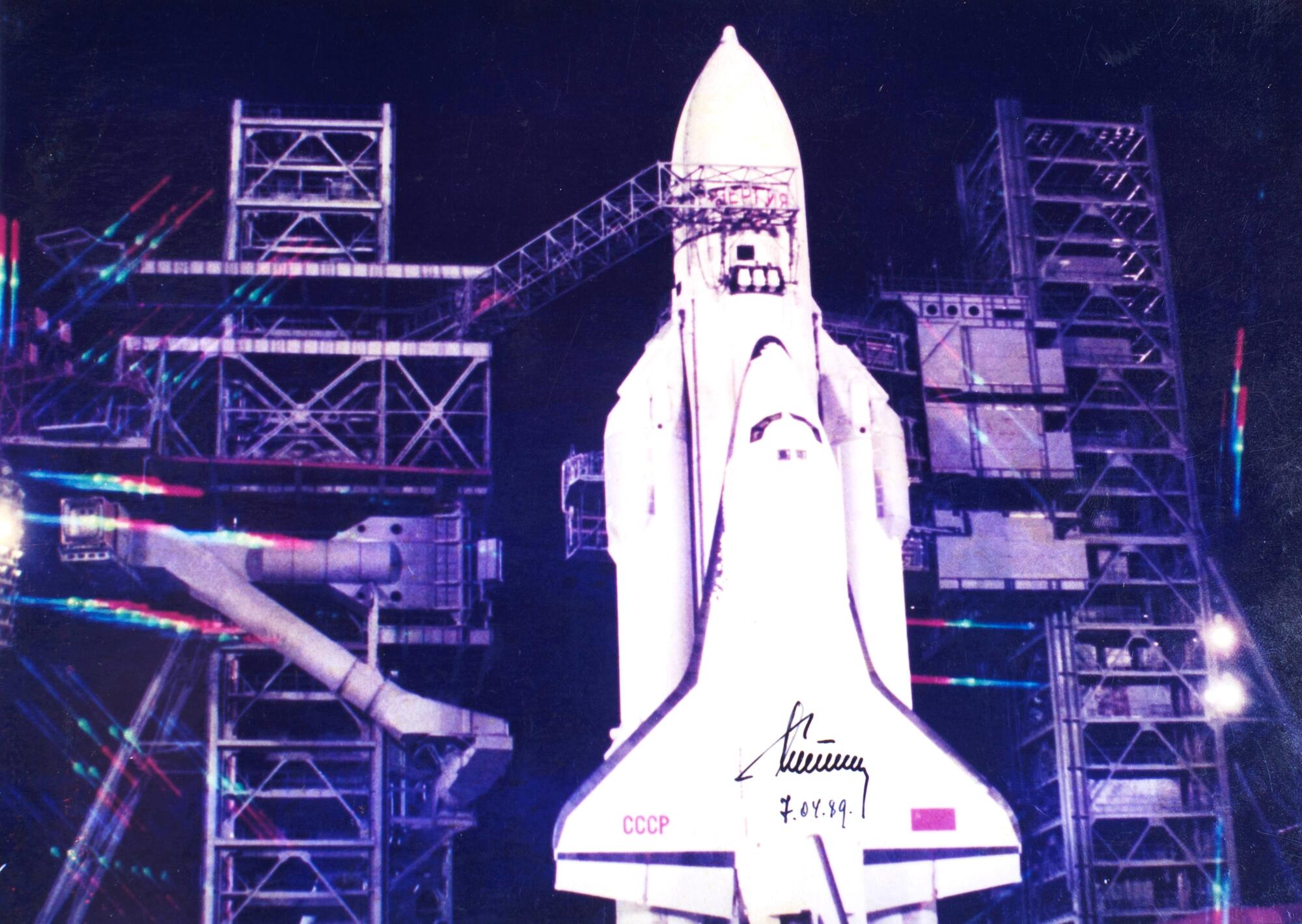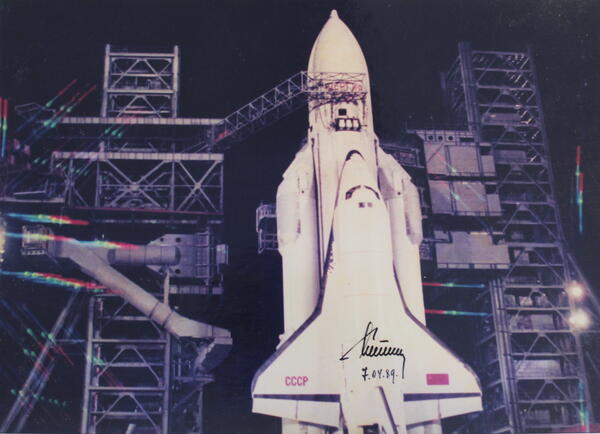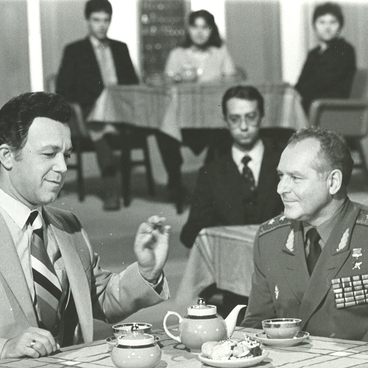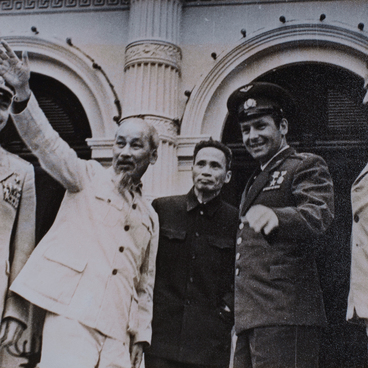The Buran is a reusable rocket-powered spacecraft designed to put cargo and people into orbit and return to Earth, as well as carry out a number of scientific and military purposes. The space rocket plane was created as part of the Energia-Buran program launched in 1976. That was the Soviet response to the Space Shuttle, a similar US reusable spacecraft program.
In appearance, layout, and aerodynamic characteristics, the Buran ship was close to the American one. However, there was also some difference in the arrangement of a two-stage launch complex.
During the first manned test flights, the crew of the spacecraft was to consist of two cosmonauts: a commander and a pilot. They were supposed to wear Strizh spacesuits with parachutes and to be placed in the ejection system seats. Training under the Buran program was planned at the Cosmonaut Training Center.
Two groups of test pilots were formed to perform the flights. The first (civilian) group was created on the basis of a squad of pilots from the Test Flight Institute. The second (military) group of pilots was formed at the Chkalov State Military Center, also preparing to fly on the Buran. Later, future cosmonauts were chosen from among them.
Tests and debugging of the automatic landing system equipment were carried out in a staged manner using laboratory aircraft and a specially created aircraft analog of the BTS-02 orbiter. For the Buran to land on Baikonur, the Yubileyny airfield with a reinforced runway was built. Two spare airfields were also prepared — in the Crimea and Primorsky Krai.
The Buran spacecraft made its first and only orbital test flight on November 15, 1988. The launch, two orbit passes, the descent from orbit, and landing on the runway were exercised in automatic mode.
The event was the pinnacle of the most difficult and expensive program of Russian cosmonautics, which began in the mid-1970s. The work on the reusable Energia-Buran system is still considered the most ambitious space project in Russia’s history.
In appearance, layout, and aerodynamic characteristics, the Buran ship was close to the American one. However, there was also some difference in the arrangement of a two-stage launch complex.
During the first manned test flights, the crew of the spacecraft was to consist of two cosmonauts: a commander and a pilot. They were supposed to wear Strizh spacesuits with parachutes and to be placed in the ejection system seats. Training under the Buran program was planned at the Cosmonaut Training Center.
Two groups of test pilots were formed to perform the flights. The first (civilian) group was created on the basis of a squad of pilots from the Test Flight Institute. The second (military) group of pilots was formed at the Chkalov State Military Center, also preparing to fly on the Buran. Later, future cosmonauts were chosen from among them.
Tests and debugging of the automatic landing system equipment were carried out in a staged manner using laboratory aircraft and a specially created aircraft analog of the BTS-02 orbiter. For the Buran to land on Baikonur, the Yubileyny airfield with a reinforced runway was built. Two spare airfields were also prepared — in the Crimea and Primorsky Krai.
The Buran spacecraft made its first and only orbital test flight on November 15, 1988. The launch, two orbit passes, the descent from orbit, and landing on the runway were exercised in automatic mode.
The event was the pinnacle of the most difficult and expensive program of Russian cosmonautics, which began in the mid-1970s. The work on the reusable Energia-Buran system is still considered the most ambitious space project in Russia’s history.



